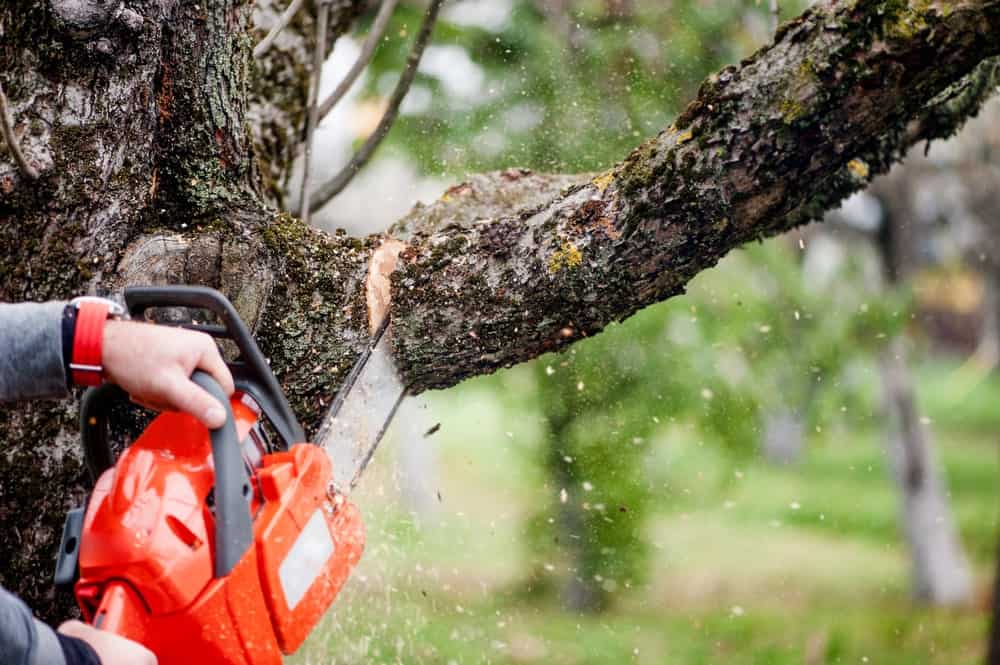Saskatoon, a beautiful city nestled in the heart of Saskatchewan, boasts a diverse landscape adorned with lush trees and shrubs. These green assets not only enhance the aesthetic appeal of the city but also contribute to a healthier environment, cleaner air, and increased property value. However, to maintain the beauty and benefits of trees and shrubs, proper care and attention are crucial.
In this comprehensive guide, we will delve into the world of tree & shrub care saskatoon, covering everything from planting and pruning techniques to pest control and seasonal maintenance. Whether you are a seasoned gardener or a beginner, this article aims to equip you with valuable insights and practical knowledge to nurture your trees and shrubs effectively.
Table of Contents
- Tree & Shrub Care Basics
- Pruning and Trimming for Optimal Growth
- Controlling Pests and Diseases
- Seasonal Tree & Shrub Care
- FAQs (Frequently Asked Questions)
- How often should I water my newly planted tree?
- Can I prune my shrubs during the summer months?
- What should I do if my tree shows signs of disease?
- How can I prevent pests from infesting my trees and shrubs?
- Can I use chemical pesticides for my trees and shrubs?
- When is the best time to plant trees and shrubs in Saskatoon?
- Conclusion
Tree & Shrub Care Basics
Before we delve into the specifics, let’s start with the fundamentals of tree & shrub care in Saskatoon.
Understanding the Climate and Soil
To provide the best care for your trees and shrubs, it is essential to understand the climate and soil conditions in Saskatoon. The city experiences a continental climate characterized by cold winters and warm summers. Some tree and shrub species may not thrive in such conditions. Therefore, it is crucial to choose varieties that are well-suited to the local climate.
Similarly, the soil composition plays a vital role in the health of your green assets. Conduct a soil test to determine its pH, fertility, and drainage capacity. Adjusting the soil conditions can significantly impact the growth and well-being of trees and shrubs.
Proper Planting Techniques
Planting trees and shrubs correctly is the foundation for their long-term health. Follow these steps to ensure proper planting:
- Choose the right location: Select a spot with adequate sunlight and enough space for the tree or shrub to grow freely.
- Dig the hole: Make a hole that is twice as wide as the root ball and slightly shallower than its depth.
- Loosen the roots: Gently loosen the roots of the tree or shrub to encourage healthy growth.
- Backfill the hole: Fill the hole with a mixture of soil and compost, ensuring there are no air pockets.
- Water thoroughly: Water the newly planted tree or shrub generously to help it settle into its new environment.

Pruning and Trimming for Optimal Growth
Proper pruning and trimming are essential to encourage healthy growth and maintain the shape and structure of trees and shrubs. Here are some pruning and trimming tips:
Pruning Trees
Pruning trees offers numerous benefits, including:
- Enhancing tree health: Removing dead or diseased branches promotes new growth and reduces the risk of pests and diseases.
- Shaping the tree: Pruning can help maintain a desirable shape and improve aesthetics.
- Increasing sunlight penetration: Thinning the crown allows more sunlight to reach the lower branches and the ground.
When pruning trees:
- Use sharp and clean pruning tools to make precise cuts.
- Remove dead, damaged, or crossing branches.
- Make cuts just outside the branch collar to promote proper healing.
Trimming Shrubs
Trimming shrubs not only enhances their appearance but also stimulates healthy growth and flowering. Follow these guidelines:
- Timing is crucial: Trim flowering shrubs after they bloom, while non-flowering shrubs can be trimmed in late winter or early spring.
- Shaping the shrub: Use sharp shears to create the desired shape, maintaining a slightly wider base to ensure light reaches all parts of the shrub.
- Removing old wood: Eliminate old, woody stems to encourage new growth and better flowering.
Controlling Pests and Diseases
Pests and diseases can pose significant threats to the health of your trees and shrubs. Implementing an effective pest control strategy is crucial to protect your green assets. Here’s what you can do:
Identifying Common Pests and Diseases
Before you begin any pest control measures, learn to identify common pests and diseases that affect trees and shrubs in Saskatoon. Some common issues include:
- Aphids: Tiny insects that feed on sap, causing leaf curling and wilting.
- Emerald Ash Borer: A destructive beetle that attacks ash trees, leading to branch dieback and canopy thinning.
- Black Knot: A fungal disease that affects cherry and plum trees, causing black, knotty growths on branches.
Implementing Pest Control Measures
Depending on the severity of the pest or disease infestation, you can choose between chemical or organic pest control measures. Some options include:
- Pruning: Removing infected branches can help control the spread of diseases.
- Insecticides and Fungicides: Apply suitable chemical treatments following manufacturer instructions.
- Biological Control: Introduce natural predators that feed on pests to maintain a balanced ecosystem.
Seasonal Tree & Shrub Care
Proper seasonal care is essential for the health and survival of trees and shrubs. Let’s explore the care needed during each season:
Winter Care for Trees
Winter in Saskatoon can be harsh, potentially damaging trees. Protect your trees by:
- Mulching: Apply a thick layer of mulch around the base of the tree to insulate the roots from extreme cold.
- Wrapping: Wrap the trunk of young trees with burlap or tree wraps to prevent sunscald and frost cracks.
- Snow Removal: Gently remove heavy snow loads from tree branches to prevent breakage.
Spring Care for Shrubs
As spring arrives, your shrubs will awaken from their dormant state. Provide the necessary care by:
- Pruning: Trim flowering shrubs after they bloom to encourage new growth.
- Soil Testing: Perform a soil test and amend the soil accordingly to ensure proper nutrition.
- Fertilization: Apply a balanced fertilizer to promote healthy growth and flowering.

FAQs (Frequently Asked Questions)
How often should I water my newly planted tree?
Water your newly planted tree every 5-7 days during the first year, adjusting the frequency based on weather conditions.
Can I prune my shrubs during the summer months?
It is best to avoid pruning shrubs during the summer as it may stress the plant. Opt for late winter or early spring pruning instead.
What should I do if my tree shows signs of disease?
If you notice signs of disease in your tree, such as wilting leaves or abnormal growths, consult a certified arborist for proper diagnosis and treatment.
How can I prevent pests from infesting my trees and shrubs?
Regularly inspect your trees and shrubs for signs of pests and implement preventive measures like maintaining a clean garden and using natural predators.
Can I use chemical pesticides for my trees and shrubs?
Chemical pesticides can be effective but should be used judiciously. Consider organic alternatives first and use chemical treatments as a last resort.
When is the best time to plant trees and shrubs in Saskatoon?
The best time to plant trees and shrubs in Saskatoon is during the spring or fall when the weather is cooler, providing a favorable environment for root establishment.
Conclusion
Tree & shrub care in Saskatoon requires dedication, knowledge, and a deep appreciation for the beauty of nature. By understanding the unique climate and soil conditions in the city, using proper planting techniques, and implementing effective care practices, you can ensure the health and longevity of your green assets.
As you embark on your journey to nurture your trees and shrubs, remember that a well-maintained garden not only enriches your surroundings but also contributes to a greener and healthier planet for generations to come.


